GE 25.6 cu. ft. French Door Refrigerator in Fingerprint Resistant Stainless Steel, ENERGY STAR
35 3/4 in. french door refrigerator with LED lighting. Equipped with a quick space shelf for added storage. Advanced water filtration (uses XWFE filter).
At GE Appliances, we bring good things to life, by designing and building the world’s best appliances. Our goal is to help people improve their lives at home by providing quality appliances that were made for real life. Whether it’s enjoying the tradition of making meals from scratch or tackling a mountain of muddy jeans and soccer jerseys, GE Appliances are crafted to support any and every task in the home.
- Fingerprint resistant stainless – Easily wipe away smudges and fingerprints for a look that’s always sparkling clean
- 25.6 cu. ft. capacity – Easily store large or bulk food items with three full-width shelves and large capacity
- Space-saving icemaker – Located on the door with integrated bins to create more usable storage space
- LED lighting – Find exactly what you’ve been looking for under crisp, clear lighting
- External controls with actual temperature display, child lock and door alarm – Eliminates the guesswork in setting refrigerator temperatures; conveniently displayed on the dispenser
- Spill-proof shelves – A variety of shelf configurations provide additional options for food storage
- Two humidity-controlled drawers and full-width drawer – Create the right environment for keeping fruits and vegetables fresh, while easily storing wider items like a party platter or a sheet cake
- Quick Space shelf – Quickly slides out of the way to make room for tall items
- Advanced water filtration uses XWF replacement filter – Reduces trace pharmaceuticals from water and ice (Removes 98% of ibuprofen, atenolol, fluoxetine, progesterone and trimethoprim. These pharmaceuticals are not necessarily in all users’ water)
- Turbo Cool and Turbo Freeze settings – An extra boost of cold air restores interior to set temperature for optimum food freshness
- Door alarm – Enjoy peace of mind knowing the refrigerator door is never left open
- Two-level freezer storage baskets – Baskets allow easy access to frozen foods
- Gallon door storage – Deep bins handle large containers in the door and free up valuable shelf space
- Cubed/crushed ice – An easy-to-use dispenser lets you choose either cubed or crushed ice
- Approximate Dimensions (in.) – 69-7/8 in. H x 35-3/4 in. W x 35-7/8 in. D
- Limited 1-year entire appliance warranty
Additional information
| Depth (Excluding Handles) (In) | 33.375 |
|---|---|
| Depth (Including Handles) (In) | 35.875 |
| Depth (Less Door) (In) | 29 |
| Depth With Door Open 90 Degrees (In) | 48.375 |
| Height to Top of Door Hinge (in.) | 69.875 |
| Height to Top of Refrigerator (in.) | 68.625 |
| Product Depth x Height x Width (in.) | 35.875 x 69.875 x 35.75 |
| Refrigerator Width (In.) | 35.75 |
| Certifications and Listings | ADA Compliant,Energy Star,UL Listed |
| Manufacturer Warranty | Limited 1-year entire appliance |

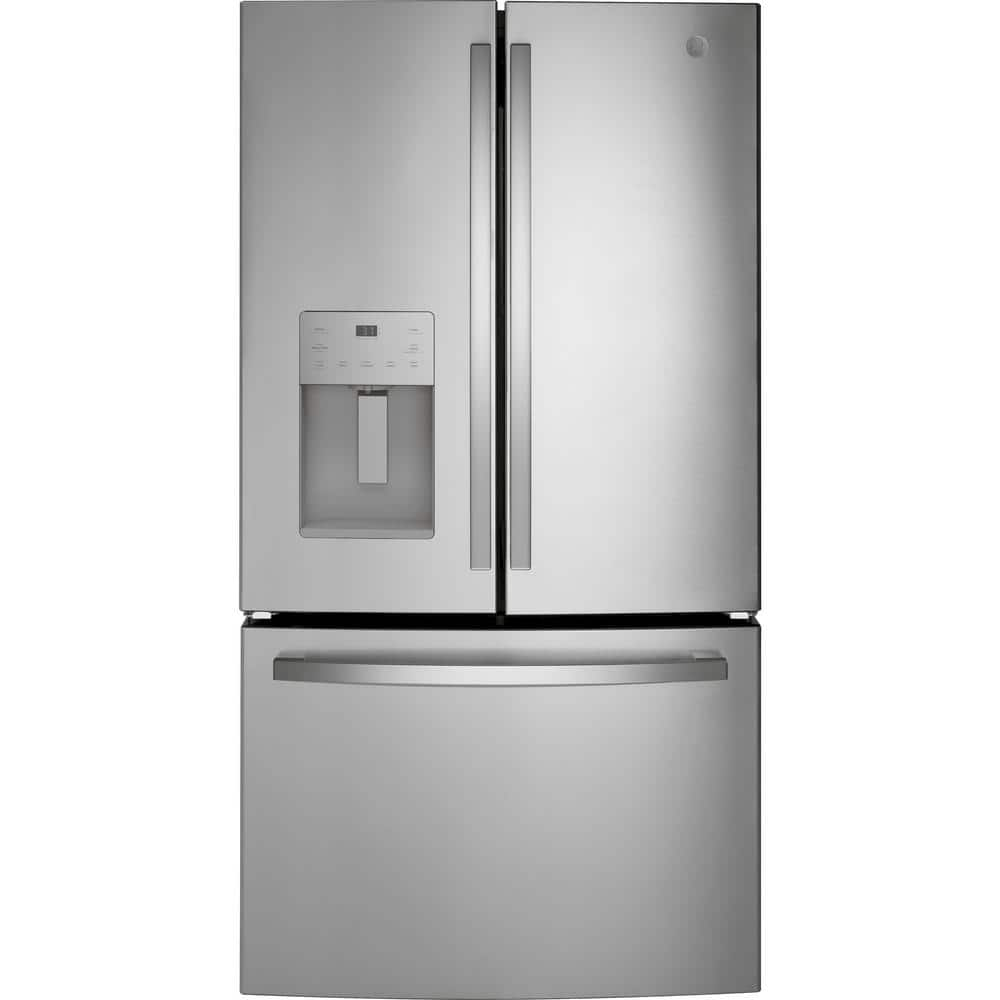
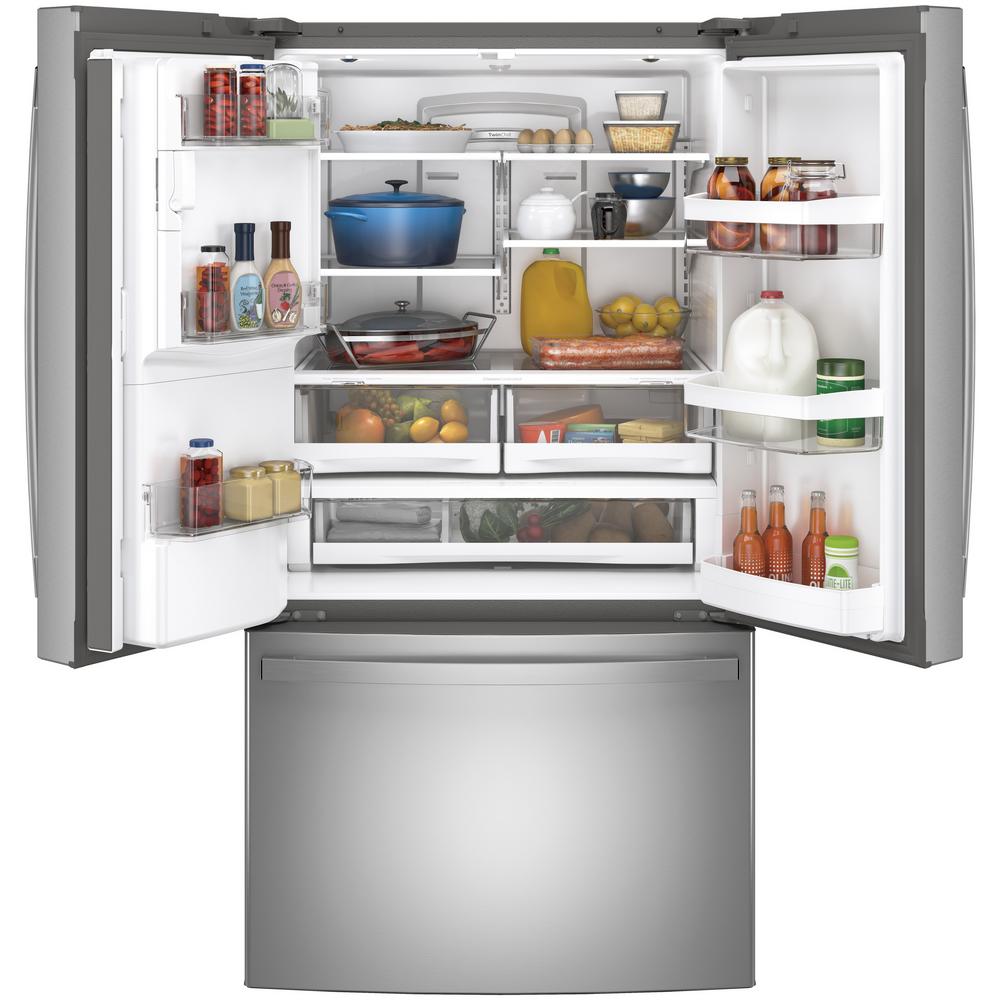
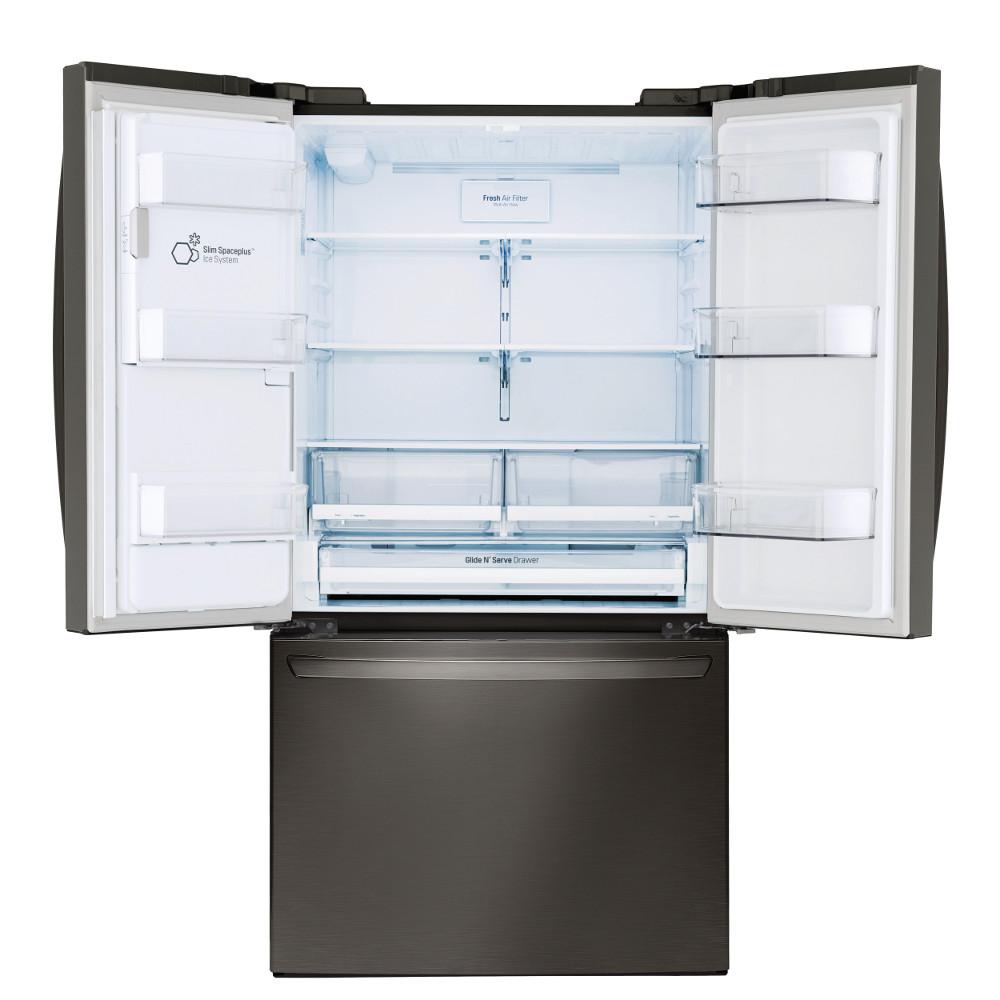
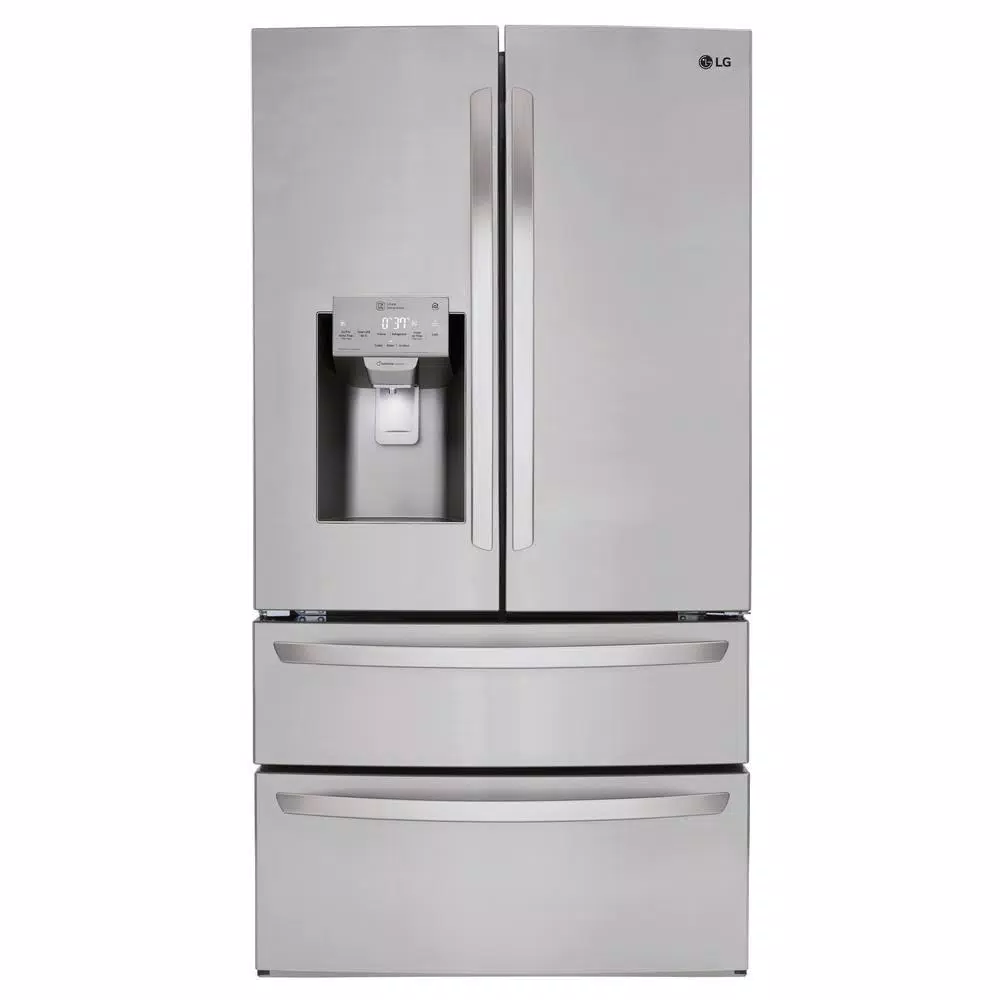
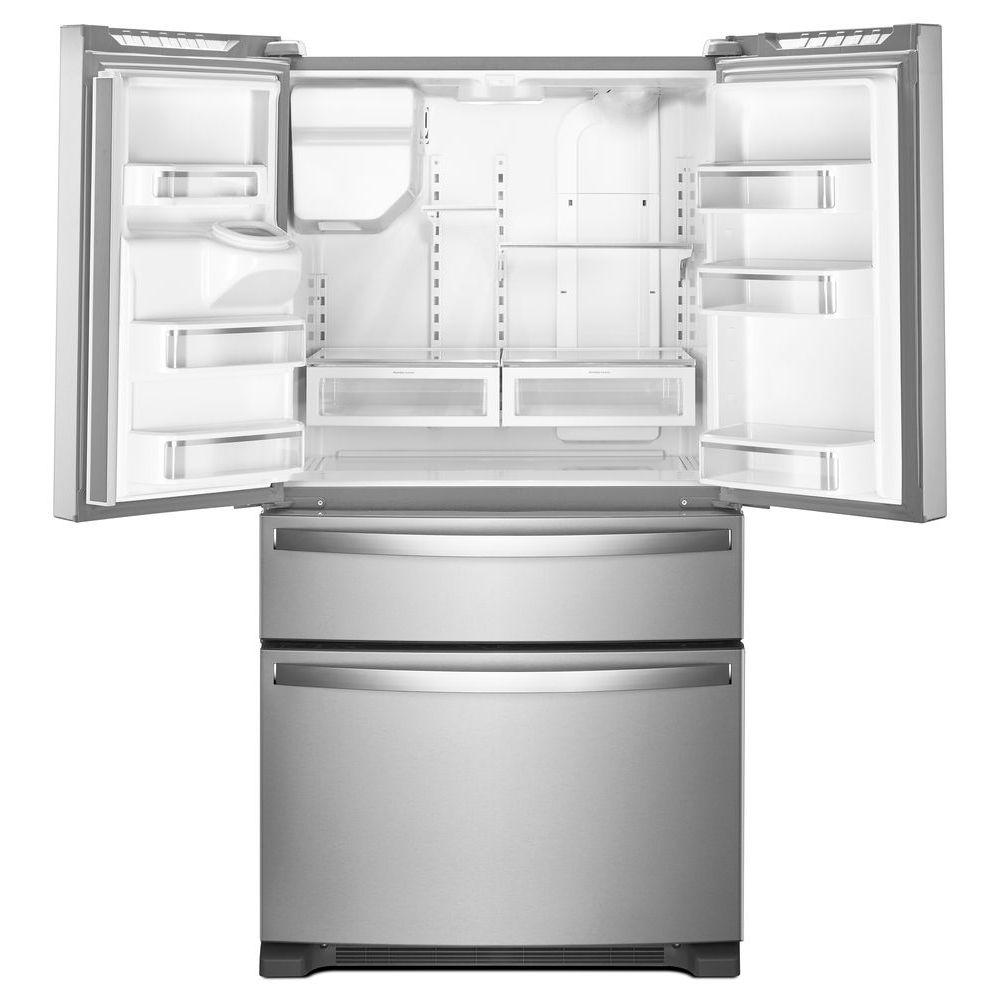
by Scott
So far so good. It is a little louder than the 18 year old Kenmore it replaced. The only real complaint is if you have big cartons (milk, juice, etc.) you have to lose a shelf. They have this little half tray you can slide back but it does not create enough space for big cartons. The fit and finish on the inside is a little cheap looking but we wanted inexpensive and we got it. We hope it holds up as well as our Kenmore.
by Russell
Existing refrigerator gave out. With the supply chain as is, it was hard to find refrigerator to fit a very specific tight space. but Don’s T.V. and Appliances, in Tyler Tx. had one. So pleased.
by Delo
Excellent space and water/ice dispenser. We love the black slate! Clean, classy, and scratch resistant.
by Kelly
good quality product, looks good, nice features, love the side by side fridge and freezer on the bottom.
by Richard
Everything inside is mindful of space. The drawers can easily be placed where you need them. The ice maker is nice but takes up some space on the left side, so no big slots. Overall this is a really nice refrigerator, my only complaint is it’s a little noisy, not bad but noticeable.
by Joey
I like the way it works and the way it looks.
by Snapie
Great fridge. One complaint. Have to open both doors to access the bottom drawer.
by Recla
Love the big freezer with the slide out drawer on top. The door storage (or lack thereof) is a little strange but I believe it’s on par with other French door units with ice/water in the door. We end up having to put condiments in the main part of the refrigerator which we didn’t have to do with our old kenmore (one large main door with no ice or water). The fridge is quiet and keeps temperature nicely. Get the fingerprint resistant stainless, it’s well worth it.